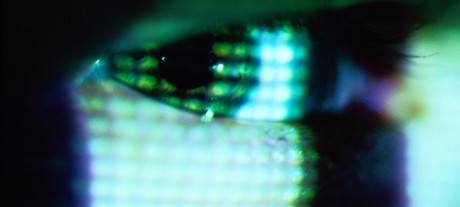Ransomware fallout worse than ransom itself

Nearly one-quarter (22%) of Australian SMBs that suffered a ransomware attack had to suspend operations immediately, with 18% losing revenue as a result, a survey indicates.
Malwarebytes’ second annual State of Ransomware Report for the SMB market found that the financial cost of such a disruption often outweighs the size of the ransom being demanded.
Among Australian respondents to the survey that had experienced a ransomware attack, 81% were hit with demands of US$1000 ($1260) or less, with just 4% facing demands of over US$10,000 and none having demands for payments of more than US$50,000.
More than half (55%) of Australian ransomware victims meanwhile chose not to pay the ransom. Experts advise against paying the ransom during ransomware attacks in case it encourages follow-up extortion attempts. Further, even among those choosing to pay, 40% responded that they had lost data files as a result of the decision.
The survey also shows that 31% of Australian victims admitted that they could not identify the source of a ransomware infection. Among those that could, 22% said it had been a malicious link in an email, with 18% blaming an infected email attachment.
Malware infections can meanwhile quickly spread throughout a network. More than half (55%) of Australian businesses had up to a quarter of their endpoints infected, with a further 15% having 26–50% of their endpoints infected.
“These results confirm the key problem with ransomware is not the ransom demand itself, but the wider impact that an attack has on a targeted business,” Malwarebytes ANZ Regional Director Jim Cook said.
“The disabling of critical systems has a flow-on effect for everything from production and sales to customer service and support. They also demonstrate the reluctance of Australian businesses to yield to the demands of the criminals. Most clearly believe that they are better off to deal with any resulting fallout and get on with their daily activities.”
Australian SMBs are meanwhile adopting a range of solutions to address the threat of ransomware, including data backups, email security, network segmentation and even ransomware-specific solutions.
But while more than one in three SMBs in Australia is running anti-ransomware technologies, 31% still experienced an attack.
Akamai and Visa collaborating to secure agentic commerce
Akamai and Visa have formed a strategic partnership aimed at providing security solutions for the...
Kyndryl unveils quantum safe assessment service
Technology services company Kyndryl's quantum safe assessment service aims to help...
Australian orgs the most targeted by ransomware in 2025
Australian organisations were the most targeted by ransomware among organisations in 10 markets...







